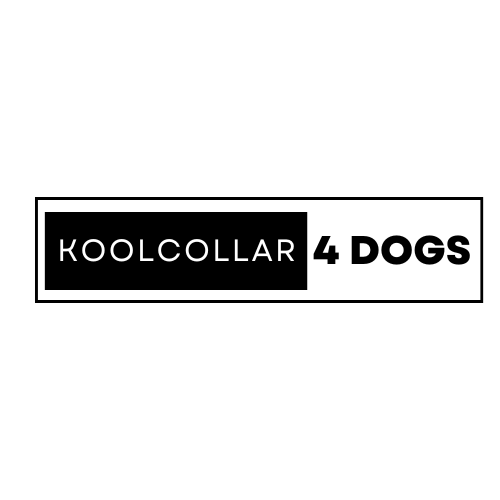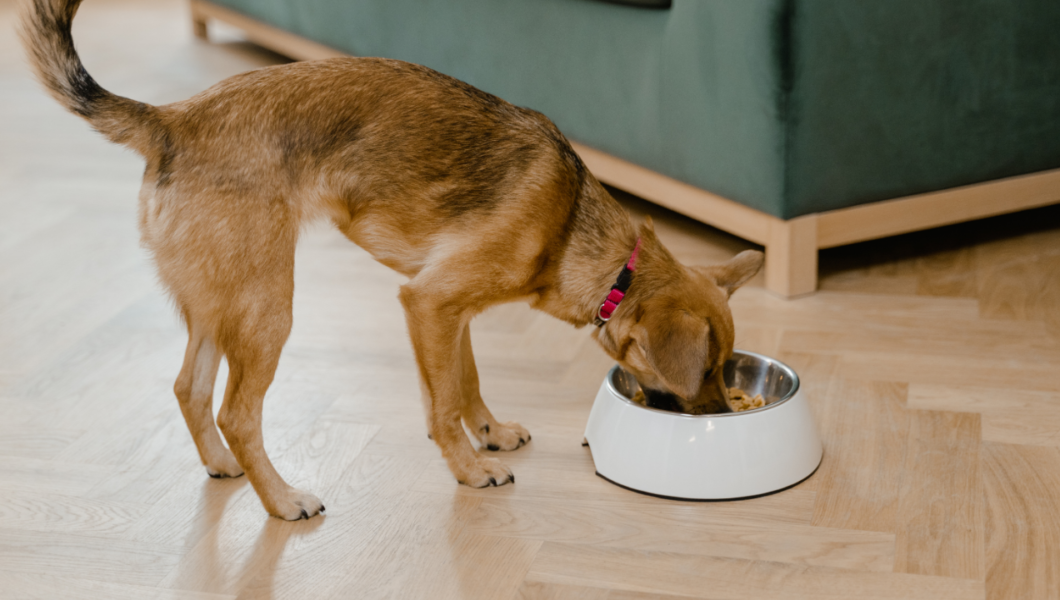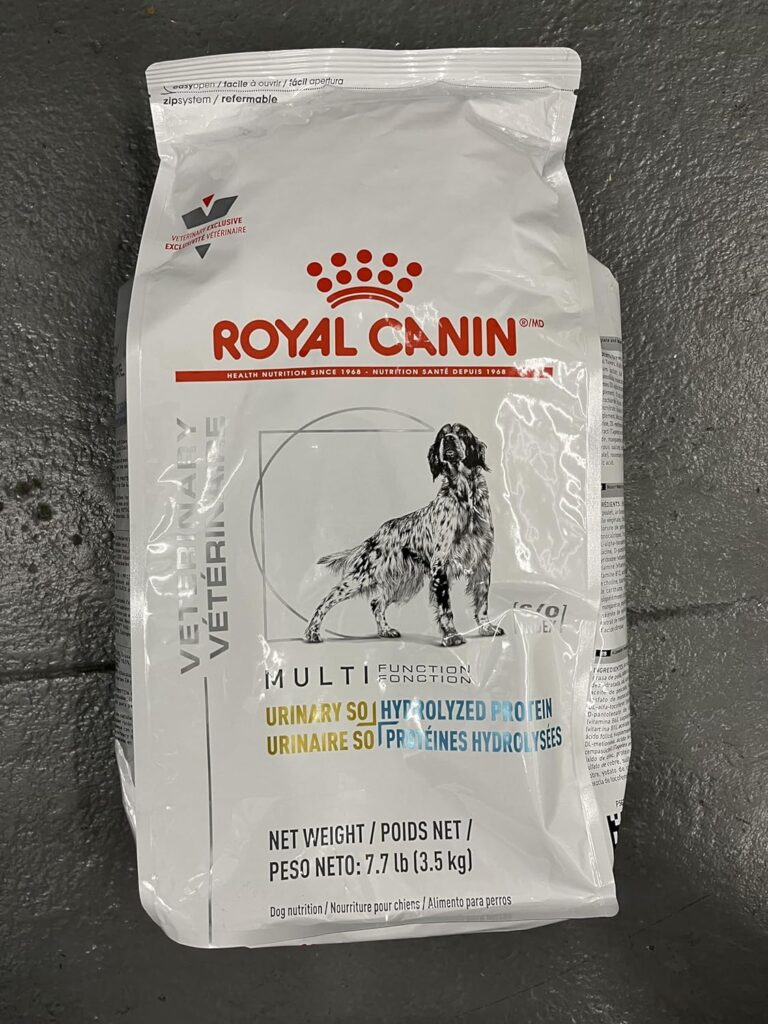What is hydrolyzed protein dog food?
Hydrolyzed protein dog food, also known as hydrolyzed dog food. It is a specialized type of pet food designed for dogs with specific dietary needs or sensitivities. It is created through a process called hydrolysis, where the protein molecules in the food are broken down into smaller, more easily digestible units called peptides. This process makes the proteins less likely to trigger an adverse reaction in dogs with food allergies or intolerances.
Hydrolyzed protein dog foods, sometimes referred to as a hydrolyzed diet for dogs, are often recommended for dogs with conditions such as food allergies, inflammatory bowel disease (IBD), or other gastrointestinal issues. By reducing the risk of an immune response to certain proteins. These diets can help alleviate symptoms like diarrhea, constipation, skin irritation and promote better overall health and well-being for sensitive dogs.
The hydrolysis process not only breaks down the proteins. But also helps to remove potential allergens and irritants, making the food more hypoallergenic. This can be particularly beneficial for dogs with multiple food sensitivities or those who have difficulty tolerating traditional protein sources.
It’s important to note that hydrolyzed protein dog foods are not a one-size-fits-all solution. They are specifically formulated to meet the unique nutritional needs of dogs with certain dietary requirements. And their use should be guided by a veterinarian’s recommendation.
Unlocking the Benefits of Hydrolyzed Protein Dog Food
The Science Behind Hydrolyzed Protein
Hydrolyzed protein dog food is a remarkable innovation in canine nutrition, designed to address the specific needs of dogs with food sensitivities or allergies. The process of hydrolysis breaks down proteins into smaller components called amino acids and peptides. These building blocks of protein are so small that they’re less likely to trigger an immune response in sensitive dogs.
This specialized diet works by essentially “pre-digesting” the proteins, making them easier for your dog’s digestive system to process. As a result, hydrolyzed protein dog food can be an excellent option for dogs with a sensitive stomach or those prone to food allergies. It’s important to note that while hydrolyzed protein diets are often used as part of elimination diets to identify food allergies. They also serve as long-term nutrition solutions for dogs with persistent sensitivities.
Hydrolyzed protein dog foods are often considered a type of limited ingredient diet, as they typically contain a single, hydrolyzed protein source. This simplification of ingredients helps reduce the likelihood of an allergic reaction. By providing essential nutrients in a form that’s less likely to provoke the dog’s immune system. These diets can help alleviate symptoms associated with food sensitivities while ensuring your furry friend receives complete and balanced nutrition.
The benefits of hydrolyzed protein dog food
Hydrolyzed protein dog foods offer several potential benefits for dogs with specific dietary needs or sensitivities. Here are some of the key advantages:
- Reduced Risk of Allergic Reactions: By breaking down proteins into smaller peptides, hydrolyzed protein dog foods minimize the likelihood of an immune system response to specific protein sources. This can help alleviate symptoms associated with food allergies. Such as itchy skin, ear infections, gastrointestinal distress, and other adverse reactions.
- Improved Digestibility: The hydrolysis process makes the proteins in the food more easily digestible. Which can be particularly beneficial for dogs with compromised digestive systems or those recovering from gastrointestinal issues. The amino acids are more readily absorbed, promoting better digestive health.
- Reduced Inflammation: Many dogs with food sensitivities or allergies experience chronic inflammation, which can lead to various health problems. Hydrolyzed protein dog foods can help reduce inflammation by eliminating potential irritants and allergens from the diet.
- Nutritional Balance: Despite being formulated for dogs with specific dietary needs, hydrolyzed protein dog foods are carefully balanced to provide complete and balanced nutrition, ensuring that your dog receives all the necessary nutrients for optimal health.
- Improved Quality of Life: By addressing food sensitivities and allergies, hydrolyzed protein dog foods can help alleviate discomfort and improve your dog’s overall quality of life, allowing them to thrive and enjoy their daily activities without the burden of adverse reactions.
Read The Ultimate Guide to Choosing the Best Weight Control Dog Food.
Understanding high protein dog food
High protein dog foods are formulated to provide a higher concentration of protein compared to standard dog food formulas. These diets are often recommended for active dogs, working dogs, or dogs in specific life stages. Such as puppies or pregnant/nursing females, where increased protein intake is beneficial.
Also Read Best Dog food for puppies
The primary advantage of high protein dog foods is their ability to support muscle development and maintenance. Protein is essential for building and repairing body tissues, including muscles, organs, and other vital structures. Dogs with higher activity levels or those engaged in strenuous activities may require a higher protein intake to support their increased energy demands and muscle recovery.
However, it’s important to note that not all dogs require a high protein diet. Excessive protein intake can put unnecessary strain on the kidneys and liver, especially in dogs with certain health conditions or older dogs. It’s crucial to consult with a veterinarian to determine the appropriate protein levels for your dog’s specific needs.
Exploring low protein dog food options
While high protein diets are beneficial for some dogs, others may require a lower protein intake due to specific health conditions or dietary requirements. Low protein dog foods are formulated to provide a reduced level of protein while still meeting the essential nutritional needs of dogs.
Low protein diets are often recommended for dogs with certain kidney or liver diseases, as these conditions can impair the body’s ability to process and excrete waste products derived from protein metabolism. By reducing the protein intake, low protein dog foods can help alleviate the workload on the kidneys and liver, potentially slowing the progression of these conditions.
Additionally, some dogs may benefit from a low protein diet if they tend to develop certain types of urinary stones or crystals. As a lower protein intake can help reduce the risk of these formations.
It’s important to note that low protein dog foods should only be fed under the guidance of a veterinarian. As an inadequate protein intake can lead to nutritional deficiencies and other health issues. Careful monitoring and adjustments may be necessary to ensure your dog’s dietary needs are met while addressing their specific health concerns.
An in-depth look at Royal Canin hydrolyzed protein dog food
Royal Canin is a well-known and respected brand in the pet food industry, offering a range of specialized diets, including hydrolyzed protein dog foods. Their hydrolyzed protein formulas are designed to address the needs of dogs with food sensitivities or allergies. Providing them with a highly digestible and hypoallergenic source of nutrition.
One of the key features of Royal Canin’s hydrolyzed protein dog foods is the use of hydrolyzed soy protein as the primary protein source. This protein has undergone extensive hydrolysis, breaking it down into smaller peptides that are less likely to trigger an immune response in sensitive dogs.
In addition to the hydrolyzed soy protein, Royal Canin’s formulas also include other carefully selected ingredients to support overall health and well-being. These may include prebiotics and antioxidants to support digestive and immune system health. As well as essential vitamins and minerals to ensure a balanced and complete diet.
Royal Canin offers several hydrolyzed protein dog food formulas, each tailored to specific life stages or dietary needs. For example, their Hydrolyzed Protein HP (High Protein) formula is designed for dogs with increased protein requirements, while their Hydrolyzed Protein LP (Low Protein) formula is suitable for dogs with kidney or liver disease.
If you’re considering transitioning your dog to a hydrolyzed protein diet, be sure to read Royal Canin Dog Food review to learn more about their offerings and find the best fit for your furry friend.
How much protein is in dog food?
The amount of protein in dog food can vary significantly depending on the specific formula and brand. Generally, dog food labels will provide information on the crude protein content, which represents the total amount of protein present in the food.
Here’s a general guideline for the protein levels in different types of dog food:
- Puppy Food: Puppy foods typically contain higher levels of protein, ranging from 22% to 30% crude protein, to support the rapid growth and development of young dogs.
- Adult Dog Food: Adult maintenance dog foods usually contain between 18% and 25% crude protein, depending on the breed, size, and activity level of the dog.
- High Protein Dog Food: As the name suggests, high protein dog foods contain elevated levels of protein, often ranging from 25% to 35% crude protein or higher. These formulas are designed for active or working dogs with increased protein requirements.
- Low Protein Dog Food: Low protein dog foods are formulated with reduced protein levels, typically ranging from 12% to 18% crude protein. These diets are recommended for dogs with certain kidney or liver conditions that require a lower protein intake.
- Hydrolyzed Protein Dog Food: Hydrolyzed protein dog foods often have protein levels similar to adult maintenance formulas, typically around 18% to 25% crude protein. However, the proteins in these diets have undergone hydrolysis, making them more easily digestible and less likely to trigger allergic reactions.
It’s important to note that the crude protein percentage on a dog food label does not provide information about the quality or digestibility of the protein sources. Higher quality protein sources, such as animal-based proteins, are generally more bioavailable and better utilized by a dog’s body compared to plant-based proteins.
Choosing the right hydrolyzed protein dog food for your pet
Selecting the appropriate hydrolyzed protein dog food for your furry companion can be a daunting task, especially with the wide range of options available on the market. Here are some key factors to consider when making your choice:
- Veterinary Recommendation: The first and most crucial step is to consult with your veterinarian. They will assess your dog’s specific dietary needs, health conditions, and sensitivities, and provide personalized recommendations for the most suitable hydrolyzed protein dog food.
- Protein Source: Evaluate the protein source used in the hydrolyzed protein dog food. Some formulas may use soy-based diets, while others may rely on animal-based proteins like chicken or fish. Your veterinarian can guide you on the most appropriate protein source for your dog’s specific needs.
- Protein Level: Consider your dog’s age, activity level, and any underlying health conditions that may require a specific protein level. Puppies, active dogs, and pregnant/nursing females may benefit from higher protein levels, while dogs with kidney or liver issues may require a lower protein diet.
- Ingredient Quality: Examine the ingredient list and prioritize formulas that use high-quality, easily digestible ingredients. Avoid fillers, artificial preservatives, and unnecessary additives that could potentially cause adverse reactions.
- Brand Reputation: Choose reputable pet food brands with a proven track record of producing high-quality, science-backed formulas. Brands like Royal Canin, Hill’s, and Purina Pro Plan are well-known for their hydrolyzed protein dog food offerings.
- Palatability: While addressing dietary sensitivities is crucial, it’s also important to consider your dog’s taste preferences. Some dogs may be more receptive to certain flavors or textures, so you may need to try a few options to find the one your furry friend enjoys.
Remember, transitioning your dog to a new diet should be done gradually, and it’s always best to consult with your veterinarian throughout the process to ensure a smooth and successful transition.
Tips for transitioning your dog to a hydrolyzed protein diet
Introducing a new diet to your dog can be a delicate process, and it’s important to take the necessary precautions to ensure a smooth transition. Here are some tips to help you successfully transition your dog to a hydrolyzed protein diet:
- Gradual Transition: Abrupt dietary changes can cause digestive upset, so it’s essential to introduce the new hydrolyzed protein dog food gradually. Start by mixing a small portion of the new food with your dog’s current diet, and gradually increase the ratio of the new food over the course of 5-7 days.
- Monitor Closely: During the transition period, closely observe your dog’s appetite, stool quality, and overall well-being. If you notice any adverse reactions or discomfort, consult with your veterinarian immediately.
- Adjust Portion Sizes: Hydrolyzed protein dog foods may have different caloric densities compared to your dog’s previous diet. Consult the feeding guidelines on the product label and adjust portion sizes accordingly to maintain your dog’s ideal body condition.
- Hydration: Ensure your dog has access to fresh, clean water at all times. As a hydrolyzed protein diet may initially cause increased thirst or digestive changes that require proper hydration.
- Patience and Consistency: Some dogs may take longer than others to adjust to a new diet. Be patient and consistent with the transition process, and follow your veterinarian’s guidance for the recommended duration of the transition period.
- Treats and Supplements: If your dog is accustomed to receiving treats or supplements, ensure that they are compatible with the new hydrolyzed protein diet. Consult with your veterinarian or the pet food manufacturer for recommendations on appropriate treats and supplements.
Also Read Treats for Dogs with Sensitive Stomach
Remember, every dog is unique, and the transition process may vary. If you encounter any persistent issues or concerns, don’t hesitate to seek guidance from your veterinarian.
The importance of consulting with a veterinarian
While hydrolyzed protein dog foods offer numerous benefits for dogs with specific dietary needs. It’s crucial to consult with a licensed veterinarian before making any significant changes to your pet’s diet. Here are some key reasons why veterinary guidance is essential:
- Accurate Diagnosis: Veterinarians have the expertise and diagnostic tools to accurately identify the underlying cause of your dog’s dietary sensitivities or allergies. This information is crucial in determining the most appropriate dietary intervention, such as a hydrolyzed protein dog food.
- Personalized Recommendations: Each dog is unique, with varying dietary requirements based on factors such as age, breed, activity level, and overall health status. Veterinarians can provide personalized recommendations tailored to your dog’s specific needs, ensuring that the hydrolyzed protein dog food you choose meets their nutritional requirements.
- Monitoring and Adjustments: Transitioning to a new diet can be a delicate process, and veterinarians can closely monitor your dog’s response and make necessary adjustments to ensure a smooth and successful transition. They can also address any potential complications or adverse reactions that may arise.
- Comprehensive Care: Dietary management is often just one aspect of a comprehensive treatment plan for dogs with food sensitivities or allergies. Veterinarians can provide a holistic approach, combining dietary interventions with other therapies or medications as needed, to effectively manage your dog’s condition.
- Ongoing Support: As your dog’s needs evolve over time. Your veterinarian can provide ongoing support and guidance, reevaluating the dietary plan and making adjustments as necessary to ensure your pet’s continued well-being.
Remember, while hydrolyzed protein dog foods can be highly beneficial for dogs with specific dietary needs. They should be introduced under the guidance of a licensed veterinarian. Their expertise and oversight are essential for ensuring the safety, efficacy, and overall success of your dog’s dietary management plan.
Conclusion
Hydrolyzed protein dog foods offer a valuable solution for dogs with food sensitivities, allergies, or specific dietary requirements. By breaking down proteins into smaller, more easily digestible peptides, these specialized diets minimize the risk of adverse reactions and promote better overall health and well-being for sensitive dogs.
Throughout this comprehensive guide, we’ve explored the benefits of hydrolyzed protein dog foods, delved into the intricacies of high and low protein diets, and examined the offerings of reputable brands like Royal Canin. We’ve also provided practical tips for choosing the right hydrolyzed protein dog food for your pet, transitioning them to a new diet, and ensuring a smooth and successful dietary management plan.
Remember, while hydrolyzed protein dog foods can be highly beneficial, it’s crucial to consult with a licensed veterinarian before making any significant changes to your dog’s diet. Their expertise and guidance are invaluable in ensuring that your furry companion receives the tailored nutritional support they need to thrive.
By embracing the power of hydrolyzed protein dog foods and working closely with your veterinarian, you can unlock a world of improved health, comfort, and quality of life for your beloved canine companion.



